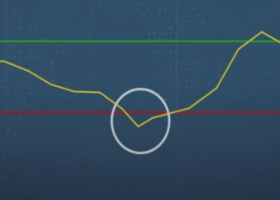Some quant problems require an intensive work with mathematical (time-)series given initial conditions.
In this short lesson on Python, let’s consider the following problem and solve it analytically and with aid of Python.
So how Random sums and Wald’s identity in regards to our money risk management can help anyone increase their freedom?
"Our next application of generating function in the theory of stochastic processes deals with the
so-called random sums. Let {ξn}n∈N be a sequence of random variables, and let N be a random
time (a random time is simply an N0∪ {+∞}-value random variable). We can define the random variable
Y =X N k=0 ξk by Y (ω) = (0, N(ω) = 0, PN(ω) k=1 ξk(ω), N(ω) ≥ 1 for ω ∈ Ω.
More generally, for an arbitrary stochastic process {Xn}n∈N0
and a random time N (with P[N =
+∞] = 0), we define the random variable XN by XN (ω) = XN(ω)
(ω), for ω ∈ Ω. When N is a constant (N = n), then XN is simply equal to Xn. In general, think of XN as a value
of the stochasti process X taken at the time which is itself random. If Xn = Pnk=1 ξk, then XN = PN k=1 ξk
I suppose you will need to read until page 44 on (https://www.ma.utexas.edu/users/gordanz/notes/introduction_to_stochastic_processes.pdf)
And then Enjoy the sources...


